Do you want to rank your website high on Google search results? And attract more backlinks and increase organic traffic? Or even get more customers for your products or services, and boost your sales and profits? Here’re the seven steps you need to follow and the tools to use.
Disclosure: This content is reader-supported, which means if you click on some of our links, we may earn a commission, but the price on your end remains the same.
Here’re the 7 steps I want you to follow to rank your website and webpages higher on Google or any other search engine.
Step 1: Find and Analyze Keywords
Before finding keywords to write content on, you should first have a clear understanding o your website’s goal and then know what type of audience you’re trying to reach. Then think of some topics or questions your target audience might be interested in answering.
Try to think as your audience; what questions or problems do you think they may face and why? How can your business help? Generate about 20 to 50 most relevant ideas.
Then, use keyword research tools like SEMrush, Moz, Ubersuggest, or Ahref to check the viability of your identified keywords. These tools help you identify target ideas and questions about your topics and show you the monthly search volumes, location, and competition.
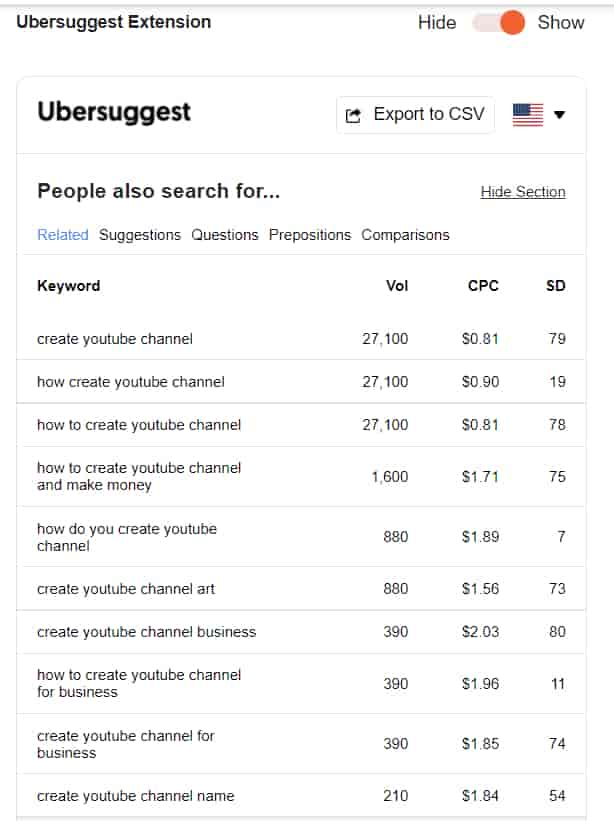
For instance, if you’re into digital marketing, you can search for keywords like digital marketing services, SEO marketing, and Email marketing. Then, identify medium or long-tail keywords to write content on – these keyphrases have relatively lower search volumes.
Use these tools to find content ideas from your competitors by exploring their top pages. You must head to any tool like Ubersuggest, input your competitors’ websites or specific webpage, and see what terms bring them more traffic. And find untapped opportunities.
And focus on understanding the search intent, which helps you know exactly why your audience is searching for your chosen key phrases. That way, you can write quality content tailored to your audience’s needs and rank higher on Google or any other search engine.
Step 2: Write Quality Content
One mistake that could cost you a lower website ranking on Google is failing to write quality content that appeases your target customers and Linkreators. Your content should be good enough to convince people to buy from you and other bloggers to link to your website.
That way, you can get quality backlinks for your website and, eventually, rank higher on Google and get more traffic and sales. Fortunately, you can use AI content writing tools like ChatGTP to scale your content creation and make your content original and valuable.
You can engage user engagement and experience by including visuals within your content. For instance, you can embed youtube videos, infographics, images, screenshots, and the like. These visuals increase dwelling time on your website, which is a positive ranking signal.
Visuals also make your content original and valuable to your audience and attract quality backlinks from other websites. So, make sure you include some in your content. So, quality content is the basic thing you need to rank higher on Google or any other search engine.
Step 3: On-Page Optimization
I’ll be honest; quality content is insufficient to rank number on Google. You must still optimize your content for on-page SEO and adopt other off-page and technical SEO practices discussed herein. So, each of your pages should have at least one target keyword.
If you’re writing an article about blog writing, you need to use terms like how to write a blog in the SEO title and H1, H2, and H4 headings. It should also appear in the meta description, in the page URL, and within the content. However, avoid keyword stuffing like the plague.
Keyword stuffing used to be a practice in the past, where if you wanted to rank for the term Blogging, all you had to do was mention the term as many times as possible within the content. Today, this practice is against Google’s policy and can hurt your rankings.
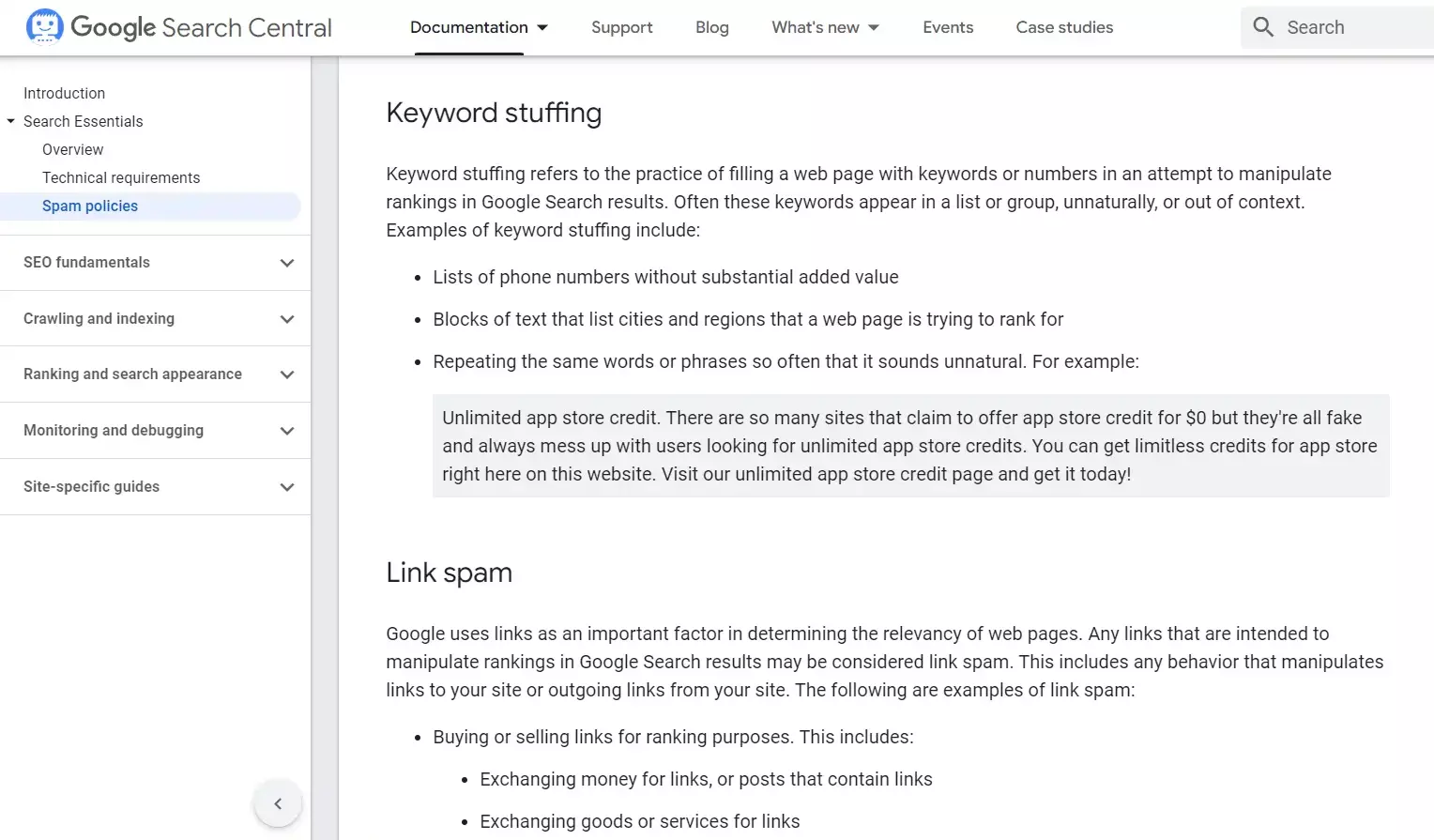
Search engines are more intelligent, and you don’t need to use the exact keyword for every sentence or paragraph. Instead, use it naturally, considering your target audience’s needs and engagement. It would be best to focus on creating content that adds value to your audience.
That way, you can establish your brand as a leader in the industry, build brand trust and authority, boost your website rankings on Google, and increase organic traffic. Then learn how to turn your website visitors into buying customers to increase sales and profits.
Check out the complete SEO checklist and best practices.
Step 4: Create Quality Backlinks
It’s no secret that backlinks are one of primary Google’s ranking factors, so you need them to boost your website rankings and traffic. You can buy, own or create links for your website. But buying links is against Google’s policy, so we have two options – create or own links.
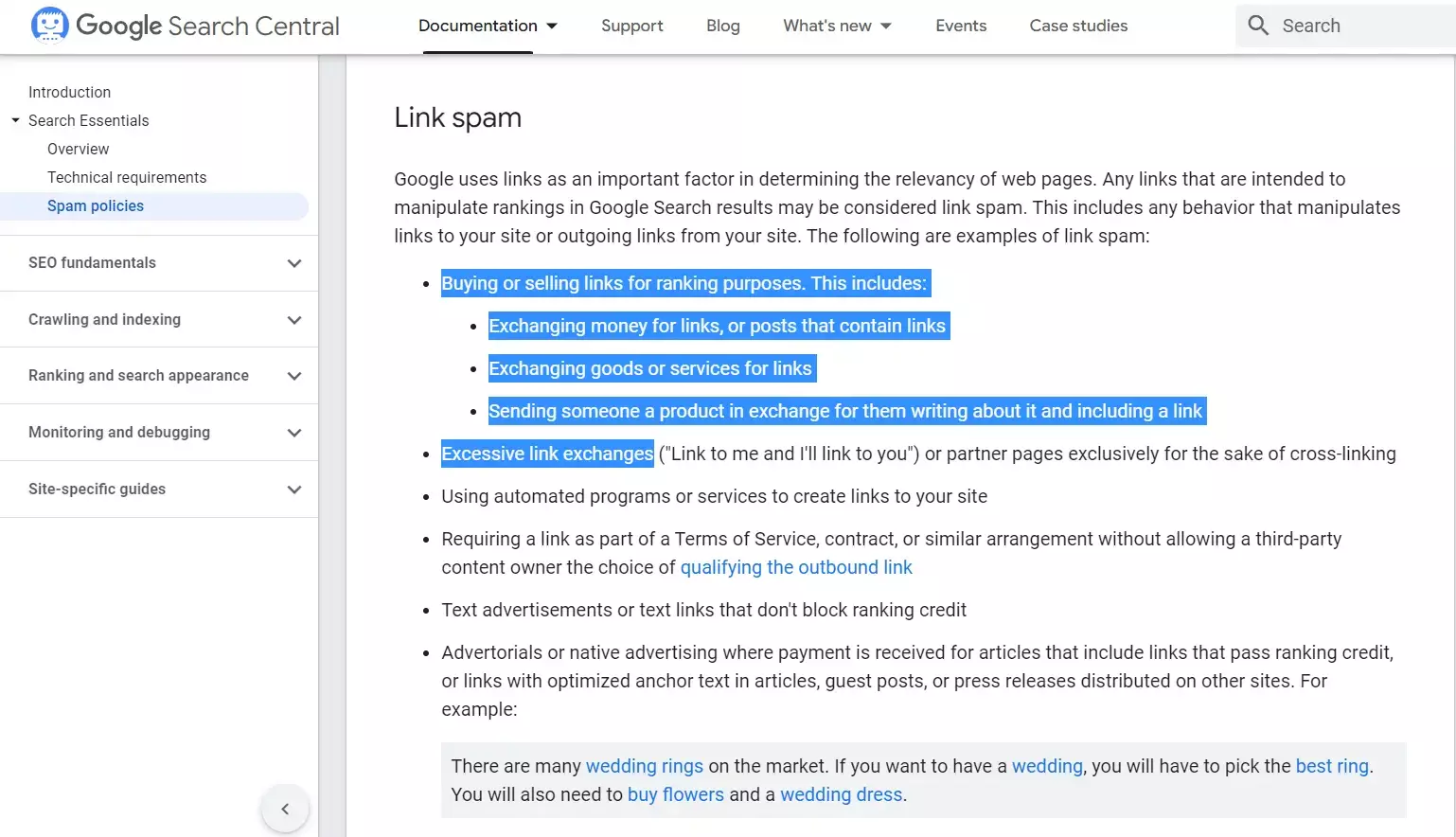
So, how do you own backlinks? You must publish quality and original content or great resources or tools and wait for other creators to link to you. It is the most natural way to earn quality links, but not a suitable strategy for beginners whose brands are rarely known.
Since Edifid Digital deals with small and medium size entrepreneurs, we have noticed that creating backlinks is the most suitable strategy for beginners or those with limited resources. In this article, I explained a procedure that got us over 10,000 backlinks in a few months.
This strategy involves grabbing backlinks opportunities from your competitors – websites you’re targeting the same audience or keywords. You can use a link-checking website like Ubersuggest to check which websites link to your rivals and find opportunities.
Before doing so, make sure your website has linkable content. Some content tends to attract more quality backlinks than others. Examples of these content formats include original case studies or research and a Go-to guidebook that has everything to do with a specific topic.
So, link building is essential for higher website rankings on search engines like Google. And in addition to building quality links, don’t overlook creating quality and original content.
Step 5: Promote Content on Social Media
There is an excellent relationship between SEO and social media, and Google seems to care about social signals. Great content gets shared, driving more traffic to your website. More traffic and dwell time is a positive ranking signal that helps Google identify valuable content.
Therefore, in addition to optimizing your website for on-page and off-page SEO, you should share your content on social media and other blogging platforms like Quora and Reddit.
You can do so by repurposing your website content into different formats – like infographics, images, and videos – and then including a link to your blog. That way, you can get more traffic and sales from social media, get more backlinks, and rank higher on Google.
More so, it would help if you used strategies like email marketing to promote your content. Use Sender to collect emails from your audience. Then send them an email whenever you publish a new blog, tool, or video for your content to reach more audience and convert.
The longer people stay on your website and how they engage with your content helps search engines understand the relevance of your content. Eventually, your website pages will rank higher on Google and other search engines like Bing or Yahoo, driving traffic and sales.
Step 6: Technical SEO Analysis
Technical SEO analysis involves optimizing any website for search engines and improving user experience. The most common practices include submitting a sitemap to Google through Search Console and Bing through Bing Webmaster and creating a mobile-friendly site.
It helps you identify technical errors that can hurt your website’s ranking on search engines. You can use free tools like Google Search Console, which helps you submit sitemaps on Google, and identity and solve SEO errors – like indexing issues.
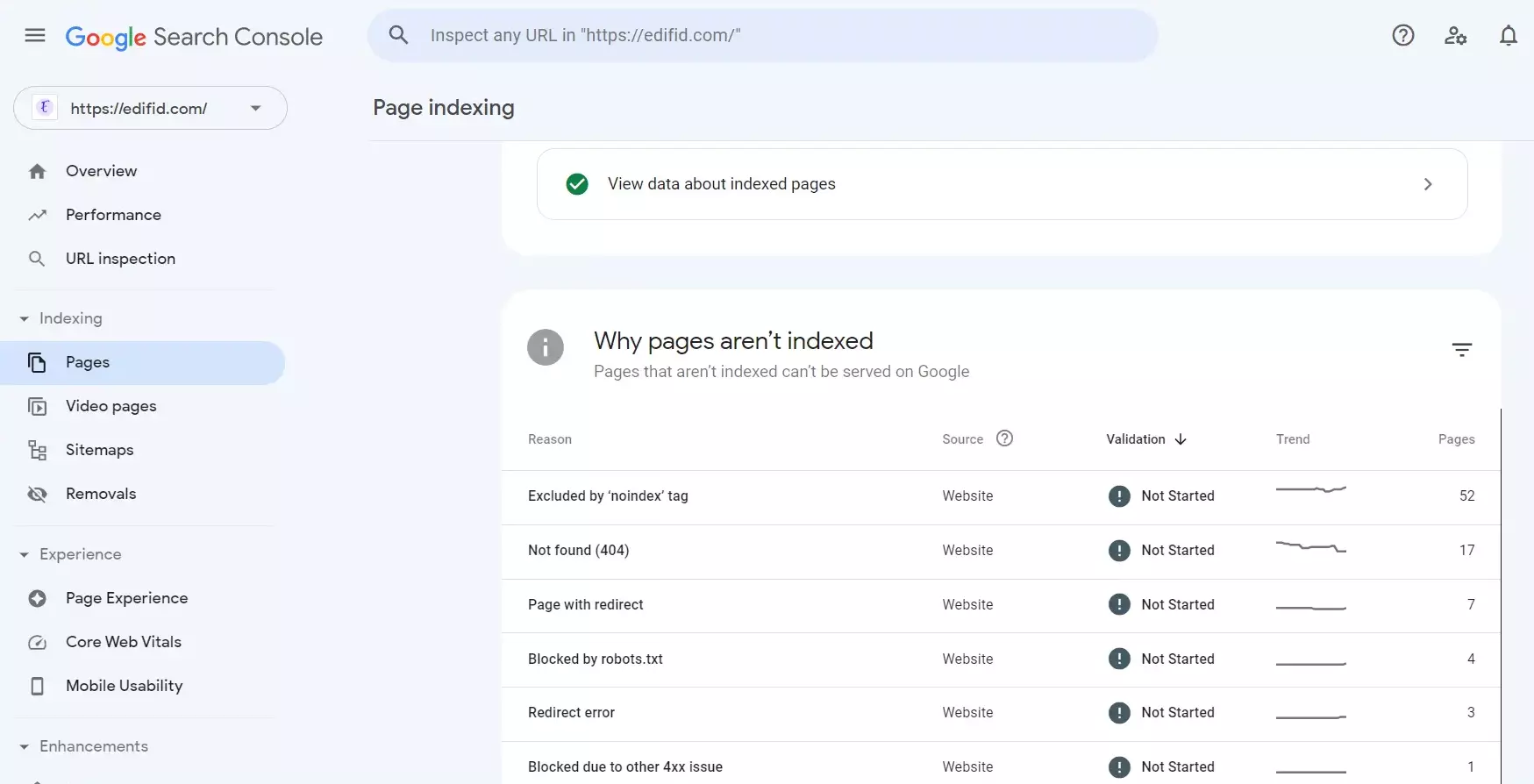
You can also use Bing Webmaster to submit your website on the Bing search engine and monitor its performance.
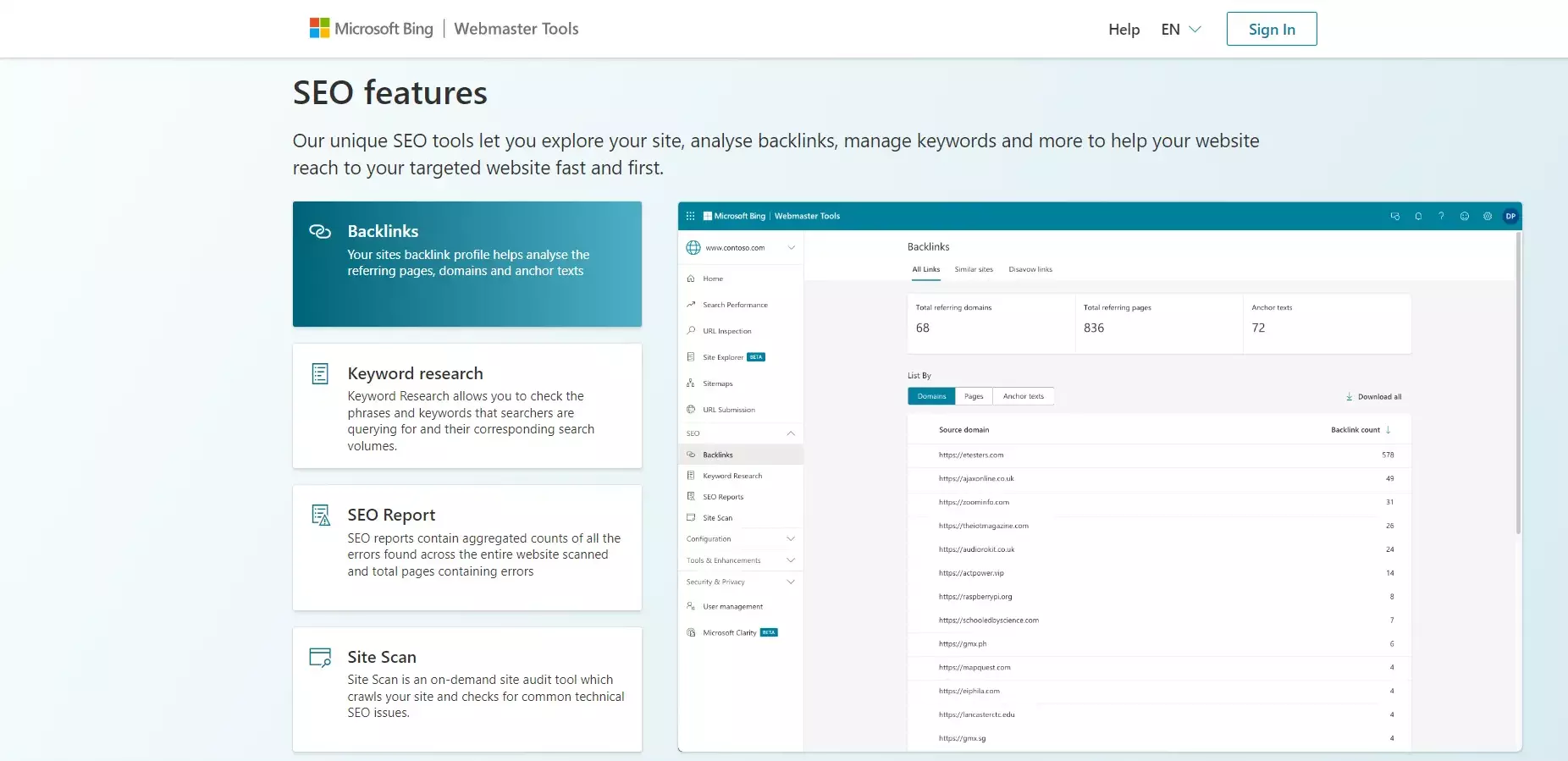
Or use Ahref Webmaster to audit your website and identify broken links (internal and outbound links), 404 errors, duplicate titles and meta descriptions, image files lacking alt text, clawability issues, and slow loading speed.
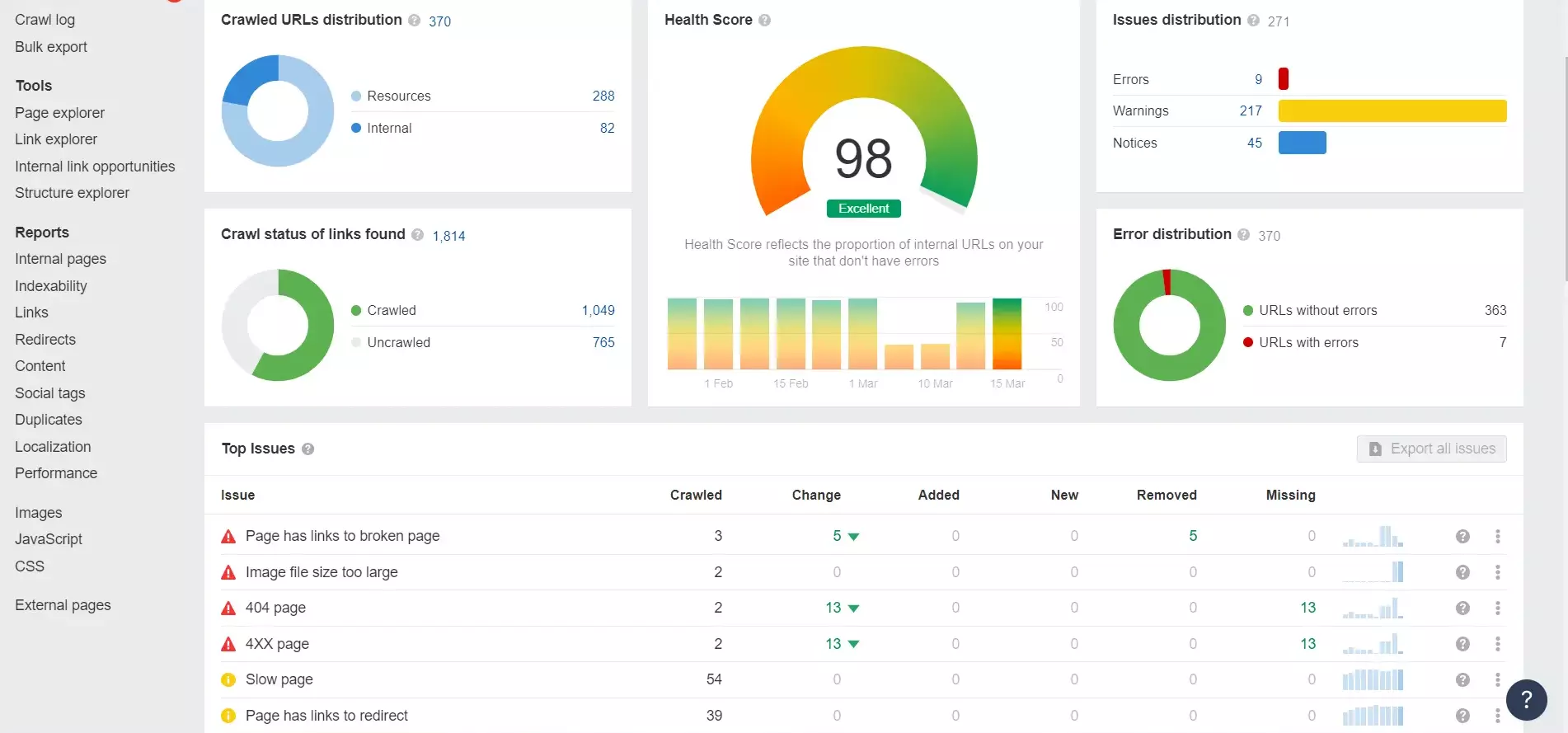
Speed is a Google’s ranking factor they consider while determining which content to rank. So, your site should load fast and be mobile-friendly, as most users browse on their phones. For instance, in February 2023, 84.2% of Google.com users browsed using their phones, compared to 15.8% using their desktops.
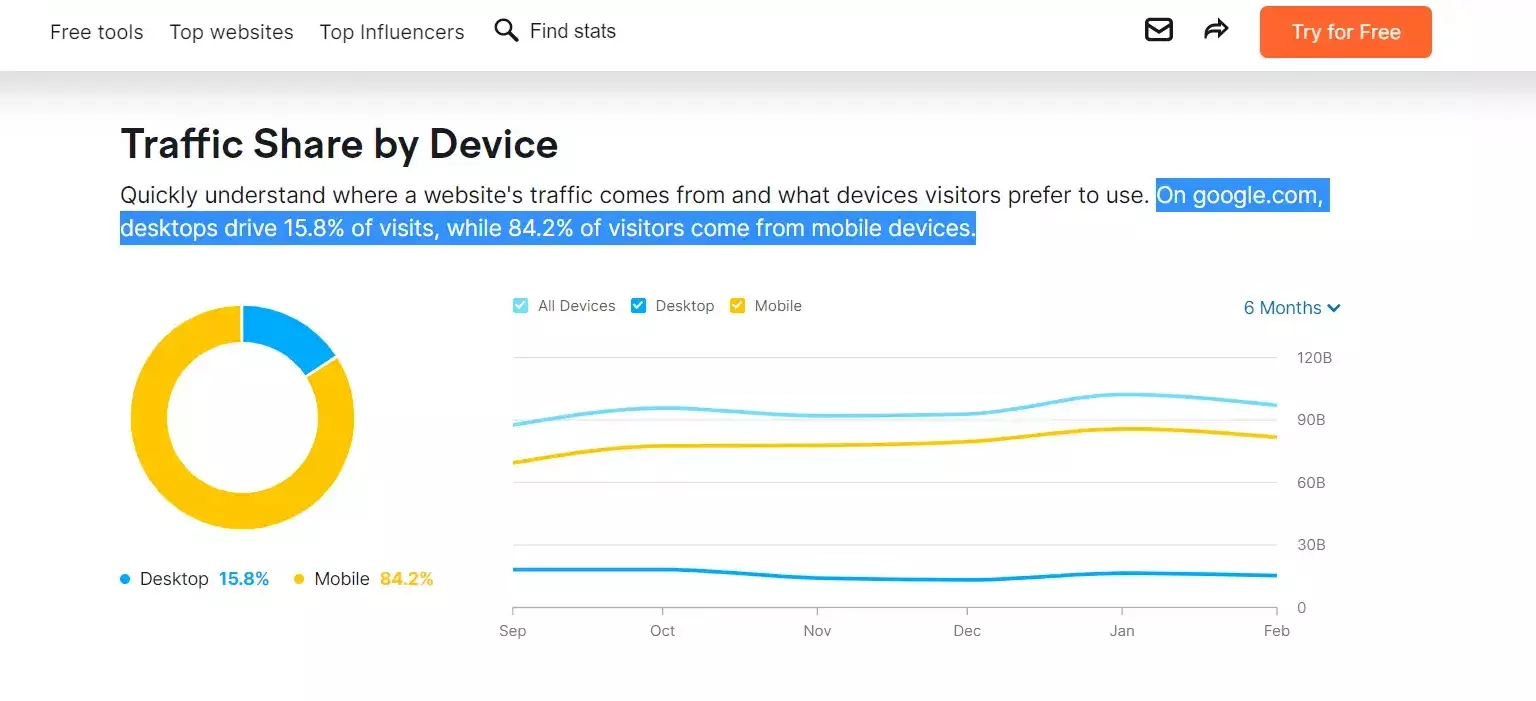
The trend is not different for Bing users, 68.1% of whom browsed using their mobile devices compared to 31.9% that browsed using their desktops. Therefore, solving mobile-usability issues will help your website rank higher on Bing and Google and improve the user experience.
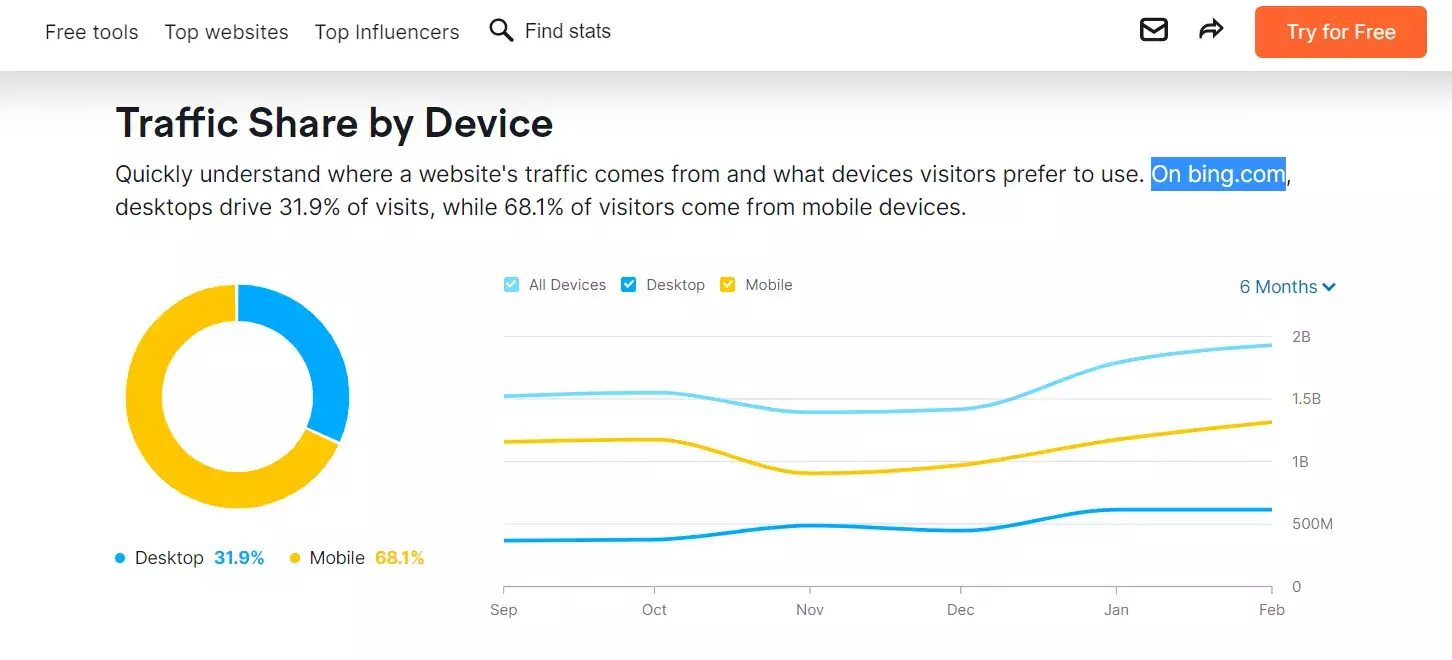
S, if you want your website and webpages to rank high on search engines like Google, you need to conduct an in-depth technical SEO analysis and solve all the issues that could hurt your rankings.
Step 7: Monitor and Improve your Performance
Lastly, for your website to maintain a high rank on Google search results, you must keep monitoring and improving it. Remember, search engines change their algorithms regularly, and you need to be updated and keep revising your content to make it relevant.
Use rank tracking tools like Search Console, Google Analytics, and Aref to see how your website appears and performs on Google, and Bing Webmaster tools to check performance on Bing and Yahoo search engines. And then get insights to optimize your content further.
You must do so if you want to rank your website on any search engine, not just Google or Bing, and remain high. So, schedule regular content updates and upgrades at least once a year to increase your rankings and give value to your audience.
Conclusion: What Next?
Ranking your website on Google or any other search engine is essential for your business. More people get to visit your website, and they can then buy your products or services. You can also get more backlinks to your website and build your brand presence and authority.
The process isn’t complicated if you want to rank high on Google or any other search engine. Here’re the 7 steps I want you to follow. And these strategies work for everyone.
- Step 1: Find and Analyze Keywords
- Step 2: Write Quality Content
- Step 3: On-Page Optimization
- Step 4: Create Quality Backlinks
- Step 5: Promote Content on Social Media
- Step 6: Technical SEO Analysis
- Step 7: Monitor and Improve your Performance
Remember, you need quality content on your website first –good enough to meet your target customers’ needs and attract links from other creators. Then promote your content through SEO and other strategies like email, social media, and phone marketing.
If you find the information resourceful, you can subscribe to our YouTube Channel and follow us on Facebook and Twitter for more updates and amazing content.

